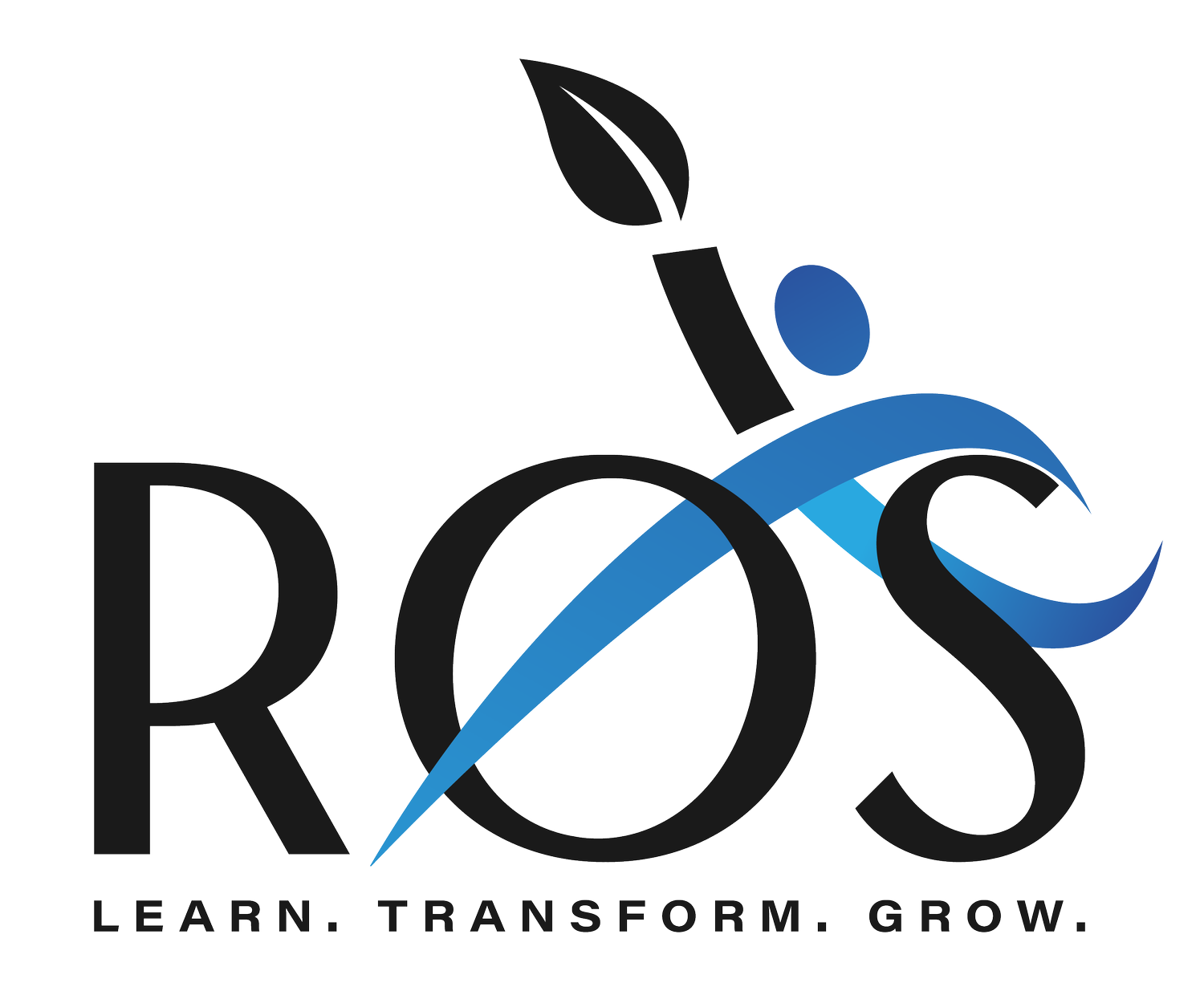Nonprofit Burnout Crisis: The Proven 5-Step Framework to Save Your Team
The nonprofit sector is facing an unprecedented crisis. While your team members signed up to change the world, they're burning out faster than ever before. Recent studies show that 40% of nonprofit employees experience chronic workplace stress, and turnover rates continue climbing. But here's what many leaders miss: this isn't just an HR problem, it's a leadership crisis that demands immediate, strategic action.
As a nonprofit leader, you carry the responsibility of protecting both your mission and your people. The two aren't separate challenges, they're interconnected. When your team burns out, your impact diminishes. When your impact suffers, you lose the passionate people who made your organization special in the first place.
The good news? You have more power to prevent burnout than you realize. This isn't about throwing money at the problem or hoping wellness initiatives will fix everything. It's about implementing proven strategies that address the root causes while building sustainable systems your team can depend on.
Recognizing the Warning Signs Before It's Too Late
Smart leaders don't wait for exit interviews to learn about burnout. You need to spot the early indicators before they become resignation letters. Watch for these critical warning signs in your team:
Performance Changes: Notice when high performers start missing deadlines, producing lower-quality work, or avoiding challenging projects they once embraced enthusiastically.
Emotional Shifts: Pay attention to increased irritability, cynicism about the mission, or emotional exhaustion during meetings. When passionate advocates start questioning whether their work matters, burnout is already taking hold.
Physical Symptoms: Look for patterns of increased sick days, visible fatigue, or complaints about headaches and sleep issues. Burnout manifests physically before people recognize it mentally.
Withdrawal Behaviors: When team members stop participating in discussions, skip optional meetings, or avoid collaboration, they're likely protecting their depleted emotional resources.
The responsibility for catching these signs early falls squarely on your shoulders as a leader. Your team won't always tell you they're struggling, they're worried about appearing uncommitted to the mission or letting you down.
The 5-Step Framework to Save Your Team
Step 1: Create Psychological Safety and Open Communication
You need to build an environment where your team feels safe discussing their challenges without fear of judgment or retaliation. This starts with you modeling vulnerability and admitting when you're feeling overwhelmed.
Hold regular one-on-one check-ins that go beyond project updates. Ask specific questions: "What's draining your energy right now?" or "What support do you need to feel successful?" Listen without immediately jumping to solutions, sometimes people need to be heard before they can accept help.
Implement anonymous feedback systems that allow team members to share concerns about workload, resources, or organizational culture. Act on this feedback visibly and communicate the changes you're making based on their input.
Step 2: Right-Size Workloads and Expectations
This is where many nonprofit leaders struggle most. You're passionate about the mission, and it's easy to assume everyone should match your level of commitment. But expecting 60-hour weeks as the norm isn't dedication, it's a recipe for burnout.
Conduct honest workload assessments with each team member. List their responsibilities, estimate time requirements, and identify what's truly essential versus what's aspirational. You'll likely discover that you've been asking people to do three jobs while paying for one.
Learn to say no to opportunities that don't align with your core mission or exceed your team's capacity. Every yes to a new initiative without corresponding resources is a yes to increased burnout risk.
Cross-train team members so critical responsibilities don't rest on single individuals. When someone takes vacation, the work should pause or be redistributed: not pile up waiting for their return.
Step 3: Invest in Adequate Resources and Support Systems
Burnout often stems from the frustration of being asked to achieve ambitious goals with insufficient tools, staff, or budget. You can't eliminate all resource constraints, but you can be strategic about how you allocate what you have.
Prioritize investments that directly reduce daily friction for your team. This might mean better software, additional part-time staff during busy seasons, or outsourcing administrative tasks that drain energy from mission-critical work.
Provide comprehensive professional development opportunities. When people feel they're growing and building valuable skills, they're more resilient to temporary stress and more committed to staying with your organization.
Consider offering flexible benefits that address your team's actual needs. This could include mental health support, flexible PTO policies, or wellness stipends that people can use for gym memberships, therapy, or stress-reduction activities.
Step 4: Build Connection and Celebrate Progress
Isolation amplifies burnout while connection builds resilience. You need to intentionally create opportunities for your team to connect with each other and remember why their work matters.
Schedule regular team celebrations that acknowledge both small wins and major milestones. Share stories about the impact your organization is making, and connect individual contributions to larger outcomes. People need to see how their daily tasks contribute to meaningful change.
Create informal opportunities for relationship-building. This could be team lunches, walking meetings, or brief social time before or after staff meetings. Strong relationships act as a buffer against stress and create accountability for supporting each other.
Encourage collaboration across departments or programs. When people understand how their work connects to their colleagues' efforts, they feel less isolated and more invested in collective success.
Step 5: Implement Sustainable Recovery and Prevention Practices
Prevention is more effective and less expensive than treatment. Build systems that help your team maintain their energy and motivation over the long term.
Establish clear boundaries around after-hours communication. Unless it's a true emergency, emails and messages should wait until business hours. Model this behavior consistently: your team will follow your lead.
Create mandatory recovery periods after intense campaigns or deadline pushes. This might be a half-day off, a catered lunch, or simply a lighter schedule the following week. Acknowledge that sustainable performance requires intentional recovery.
Develop succession plans and cross-training programs so your organization isn't vulnerable when key people need extended time off or decide to move on. This reduces the pressure on individuals to be indispensable.
Monitor workload distribution regularly and adjust as needed. What seemed manageable in January might be overwhelming by October as priorities shift and new opportunities arise.
Your Leadership Makes the Difference
The framework above isn't just a nice-to-have list of suggestions: it's your responsibility as a leader to implement these changes. Your team joined your organization because they believe in your mission, but they'll only stay if they believe you care about their wellbeing.
Start by honestly assessing your own behavior. Are you sending emails at 10 PM? Scheduling back-to-back meetings without breaks? Praising people who work weekends while ignoring those who maintain boundaries? Your actions set the culture more powerfully than any policy manual.
Remember that preventing burnout isn't about reducing standards or accepting mediocrity. It's about creating conditions where your team can perform at their best consistently, rather than sprinting toward exhaustion.
The nonprofit sector needs leaders who can balance mission urgency with human sustainability. Your organization's impact depends on having engaged, energized people who can sustain their commitment over years, not months.
Implementing this framework requires intentional effort and sometimes difficult decisions about priorities and resource allocation. But the alternative: losing talented, mission-driven people to burnout: is far more costly to your organization and the communities you serve.
Your team is counting on you to create an environment where they can do their best work without sacrificing their health and wellbeing. The crisis is real, but so is your ability to address it. The question isn't whether you have time to implement these changes( it's whether you can afford not to.)




